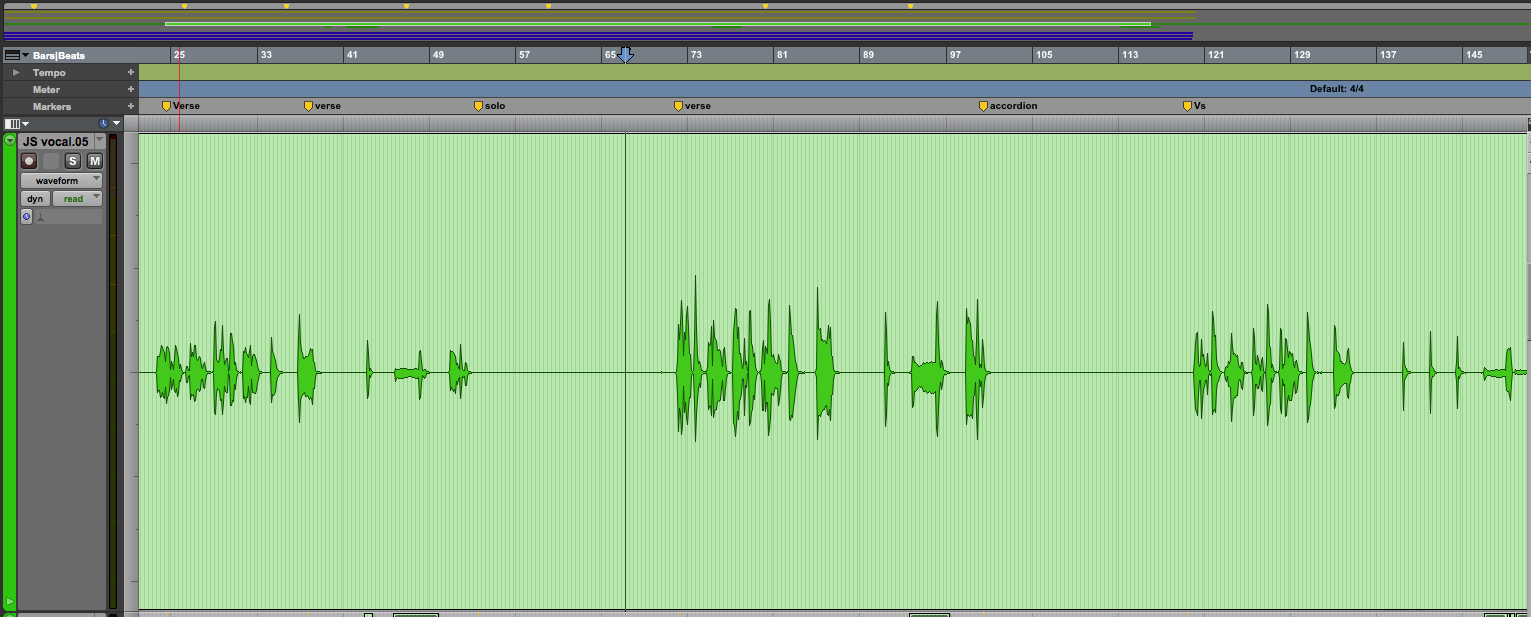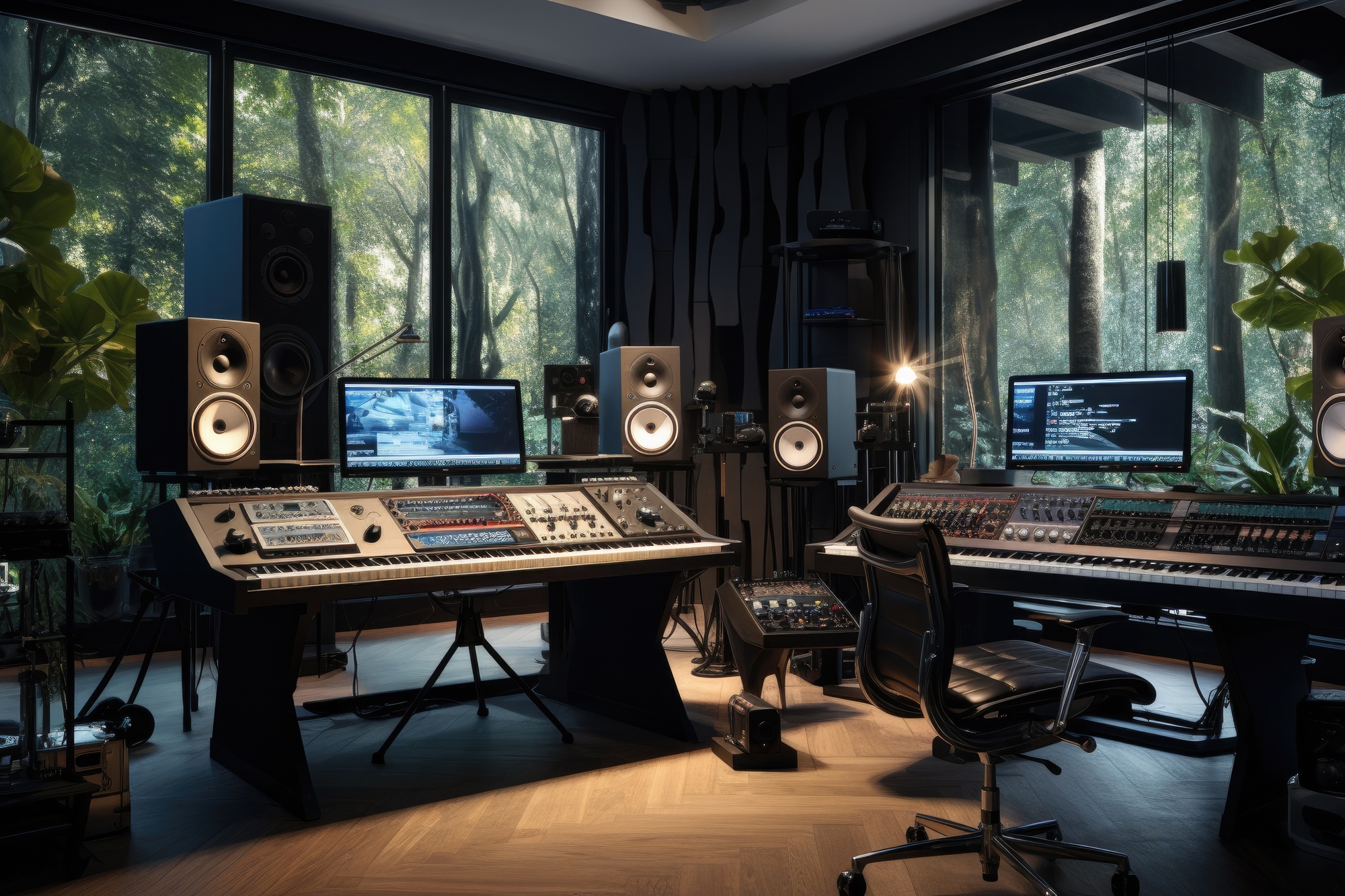Introduction
Remixing is a beautiful art form that allows producers to reinterpret existing music through their own creative lens. When done well, a remix can breathe new life into a track while honoring the essence of the original. In this comprehensive guide, I'll share my approach to creating remixes that transform tracks while respecting the original artist's vision.
As someone who has built a significant part of my career on creating remixes and mashups, I've developed a methodology that balances creative freedom with respect for the source material. This article will walk you through that process, from selecting the right track to remix to finalizing your production.
Understanding the Purpose of a Remix
Before diving into techniques, it's important to understand what makes a great remix. A successful remix should:
- Maintain recognizable elements from the original
- Add your unique artistic perspective
- Serve a purpose (e.g., adapting the track for a different setting or audience)
- Stand as a creative work in its own right
The best remixes aren't just the original song with a different beat - they're thoughtful reinterpretations that reveal new dimensions of the music.
Choosing the Right Track to Remix
Not every track is ideal for remixing. Here are some factors to consider when selecting a song:
- Strong Melodic Elements: Tracks with memorable melodies or vocal hooks provide excellent material to work with
- Emotional Resonance: Choose songs that evoke emotion in you - your connection to the music will translate in your remix
- Contrast Potential: Look for tracks that could work in a different genre or tempo than the original
- Quality of Available Materials: Consider whether you can access stems, acapellas, or at least high-quality versions of the original
Remember that the best remixes often come from unexpected source material. Don't limit yourself to only remixing tracks in genres you typically produce.
Obtaining Source Material
The quality of your source material significantly impacts your remix. Here are ways to obtain good material:
- Official Remix Competitions: Platforms like Splice, Skio, and label websites often host remix contests with official stems
- Direct Outreach: Contacting artists or labels directly can sometimes yield stems, especially for smaller artists
- Acapella Resources: Websites like Voclr.it, Acapellas4u, or producer forums often have isolated vocals
- DIY Extraction: Tools like spleeter or RX8 can help isolate elements from the master track, though with varying quality
Always ensure you have the right to remix the track, especially if you plan to release it commercially. Unauthorized remixes can lead to copyright issues.
Analyzing the Original
Before touching your DAW, spend time deeply analyzing the original track:
- Key and Tempo: Identify the original key and tempo (tools like Mixed In Key can help)
- Song Structure: Map out the arrangement and understand how tension builds and releases
- Identifying Signature Elements: Note the most recognizable and emotionally impactful parts
- Production Techniques: Study the production choices in the original for inspiration
This analysis phase helps you understand what makes the original work and gives you a foundation for your creative decisions.
Developing Your Remix Concept
Every great remix starts with a clear concept. Ask yourself:
- What new perspective can I bring to this track?
- Which elements from the original should I preserve?
- What mood or energy am I aiming for?
- Which genre conventions will I incorporate?
Your concept might be as simple as "a club-ready version of this downtempo track" or as complex as "reimagining this pop song as a cinematic orchestral piece." Having a clear vision will guide all your subsequent decisions.
Tempo and Key Considerations
Changing the tempo and/or key can dramatically transform a track:
- Tempo Changes: Speeding up or slowing down can completely change the energy (e.g., turning a ballad into a dance track)
- Time Signature Shifts: Converting a 4/4 track to 3/4 or 6/8 can create interesting rhythmic variations
- Key Changes: Shifting to a minor key can add melancholy, while major keys can brighten a somber track
- Technical Considerations: Use high-quality time and pitch algorithms to avoid artifacts
When changing tempo or key, always check how it affects vocal performances - some shifts may make vocals sound unnatural or strained.
Building Your Remix Foundation
With your concept clear, start building the foundation of your remix:
- Create a New Groove: Design drum patterns and rhythmic elements that support your vision
- Establish Harmonic Framework: Develop chord progressions that complement the original melodic elements
- Design Sound Palette: Choose instruments and sounds that define your remix's sonic identity
- Incorporate Signature Elements: Place the most recognizable elements from the original in your arrangement
This foundation should feel like your production style while leaving space for the original elements to shine.
Creative Techniques for Transformation

Advanced waveform editing for creative remix techniques
- Chopping and Rearranging: Cut vocals or instrumental parts into new patterns
- Pitch Shifting and Formant Manipulation: Create new textures from the original elements
- Rhythmic Rephrasing: Change the rhythmic placement of melodic elements
- Harmonic Recontextualization: Place familiar melodies over new chord progressions
- Effect Processing: Use reverb, delay, distortion, etc. to create new sonic spaces
The key is to experiment while constantly asking: "Does this honor the original while adding something new?"
Arrangement Strategies
The arrangement is where your remix truly comes to life:
- Build Anticipation: Create an intro that hints at both the original and your new direction
- Strategic Reveals: Carefully plan when to introduce recognizable elements from the original
- Create Contrast: Design sections that alternate between honoring the original and showcasing your additions
- Energy Management: Craft a dynamic journey that takes listeners through different emotional states
A common mistake is revealing too much too soon. Hold back some elements for impact later in the track.
Mixing Considerations for Remixes
Mixing a remix presents unique challenges:
- Balancing Original vs. New Elements: Find the right balance between source material and your additions
- Matching Sonic Qualities: Ensure consistent sound quality between original elements and new production
- Creating Cohesion: Use shared processing to make disparate elements feel like part of the same production
- Technical Challenges: Address issues like noise, artifacts, or limited frequency range in the source material
Remember that the original elements might have their own processing already applied, so be careful not to over-process them.
Respecting the Original Artist
Throughout the remixing process, maintain respect for the original artist:
- Don't drastically alter the meaning or message of the original
- Preserve the integrity of vocal performances
- Credit the original artists properly
- Obtain proper permissions before releasing commercially
The best remixes are those that the original artist would appreciate as a valid interpretation of their work.
Case Study: My Remix Approach
Let me walk you through my typical remix process with a recent example:
- Selection: I chose a popular ballad with strong vocal performance and emotional lyrics
- Concept: My vision was to transform it into an energetic dance track while preserving the emotional impact
- Foundation: I increased the tempo by 30%, created a new chord progression that complemented the original melody, and designed a driving rhythm section
- Transformation: I chopped the chorus vocals into a new pattern for the intro, used pitch-shifted verses as textural elements, and preserved the original chorus as the emotional peak
- Arrangement: I created a gradual build that revealed the original elements progressively, with the full chorus appearing only after a significant build-up
The result maintained the emotional core of the original while creating something that worked in a completely different context.
Common Pitfalls to Avoid
Watch out for these common remix mistakes:
- Doing Too Little: Simply adding a beat to the original isn't enough
- Doing Too Much: Overwhelming the original elements with too many new additions
- Genre Clichés: Relying too heavily on formulaic genre conventions
- Poor Quality Control: Accepting technical issues like artifacts, timing problems, or poor transitions
- Losing the Essence: Transforming so drastically that the connection to the original is lost
The best remixes find the sweet spot between transformation and recognition.
Getting Your Remix Heard
Once your remix is complete:
- Official Channels: Submit to the original artist, their label, or ongoing remix competitions
- Social Media: Share clips and tag the original artists (they might share your work)
- DJ Support: Send to DJs who might play your remix in their sets
- Platforms: Consider where to release based on copyright considerations (SoundCloud, YouTube, official release)
Remember that unauthorized commercial release of remixes can lead to copyright strikes, so always seek proper permissions.
Conclusion
Remixing is a powerful art form that allows you to engage in musical conversation with other artists. When approached with respect, creativity, and technical skill, your remixes can stand as meaningful contributions to music culture.
The most successful remixes transform tracks while honoring their essence - creating something new that exists in dialogue with the original rather than replacing or competing with it.
I hope this guide helps you in your remixing journey. If you're interested in diving deeper into remix techniques, check out my "Art of Remixing" course, where I walk through my entire process with hands-on examples.
What's your favorite remix of all time, and what makes it special to you? Share in the comments below!




